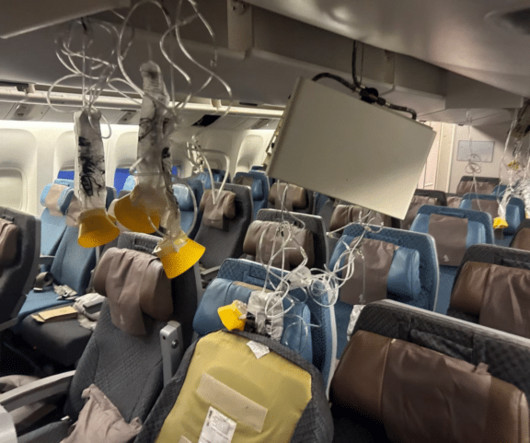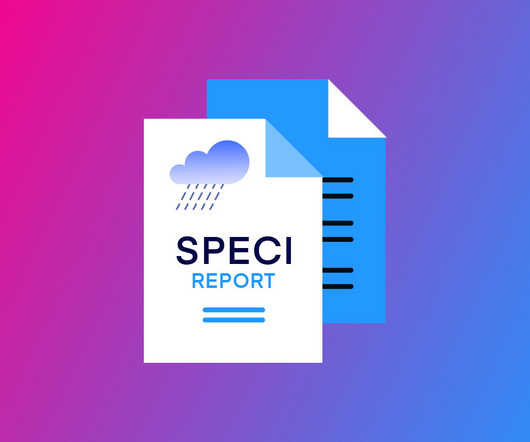Extreme Turbulence in Singapore Airlines flight 321
Fear of Landing
MAY 24, 2024
A few days ago (21st of May 2024), Singapore Airlines flight SQ321 encountered heavy turbulence on a passenger flight from London-Heathrow to Singapore. A few seconds later, at 07:49 UTC, “all hell broke loose” as passenger Andrew Davies said to CNN. There were 229 on board, including eighteen crew members.











Let's personalize your content